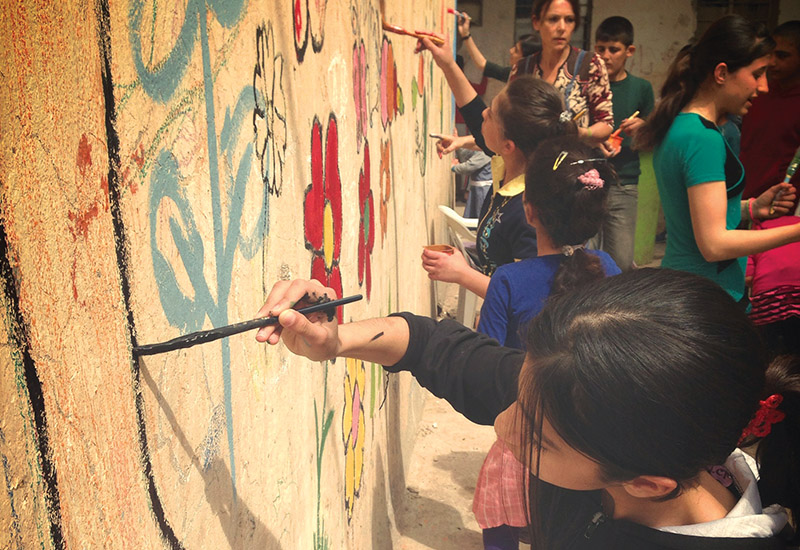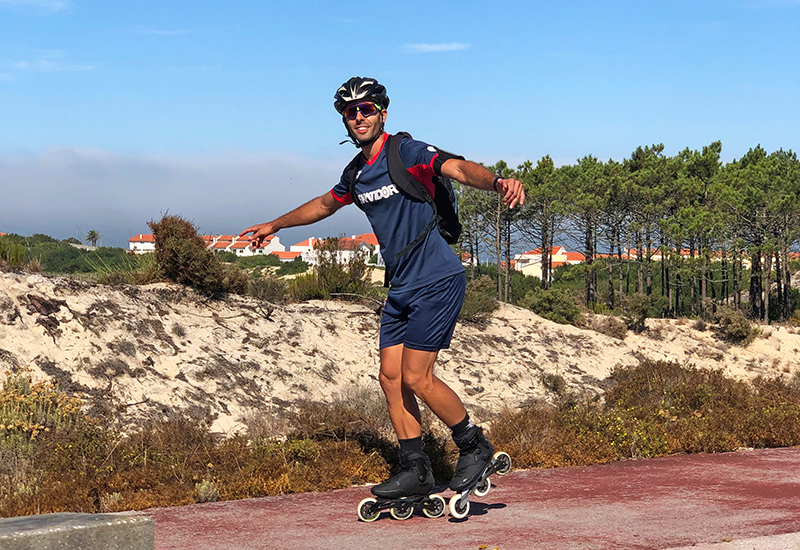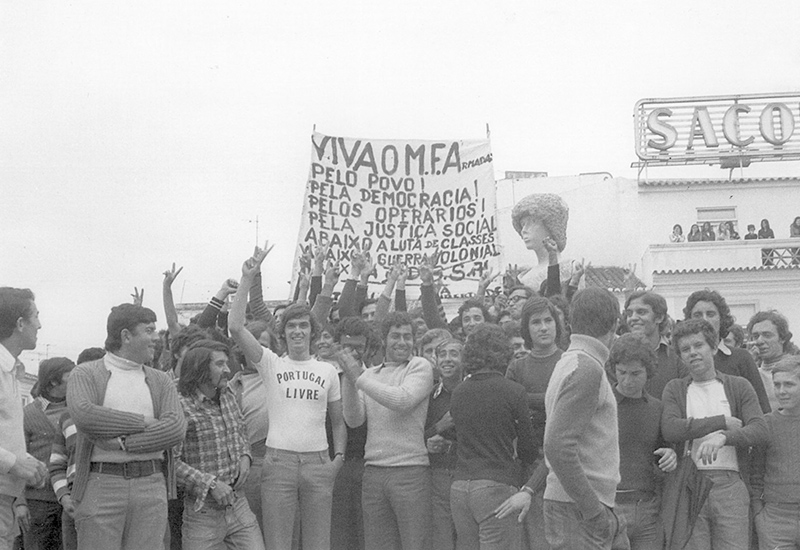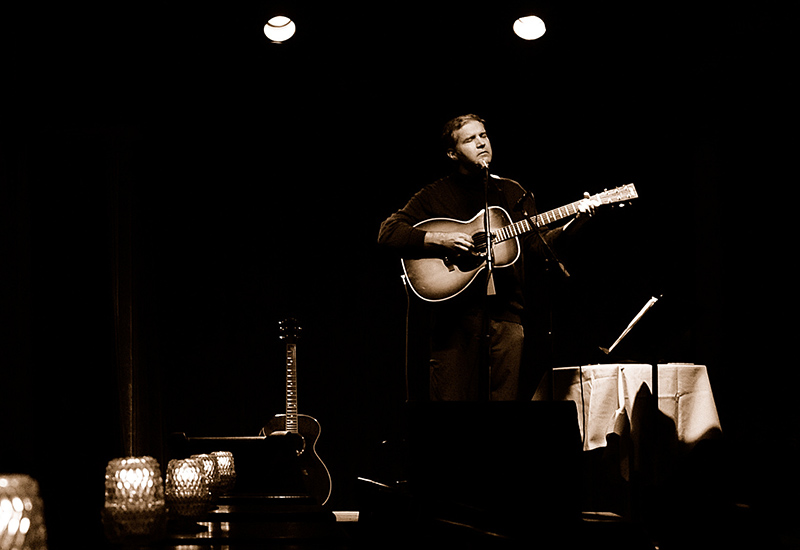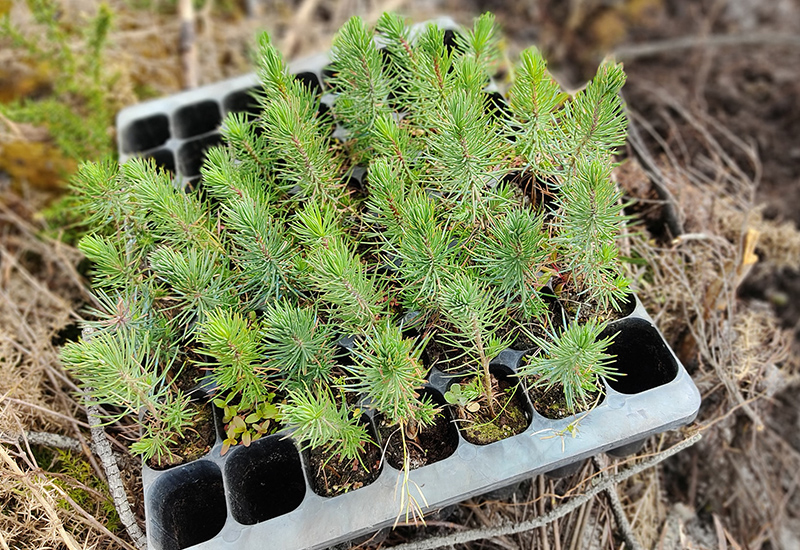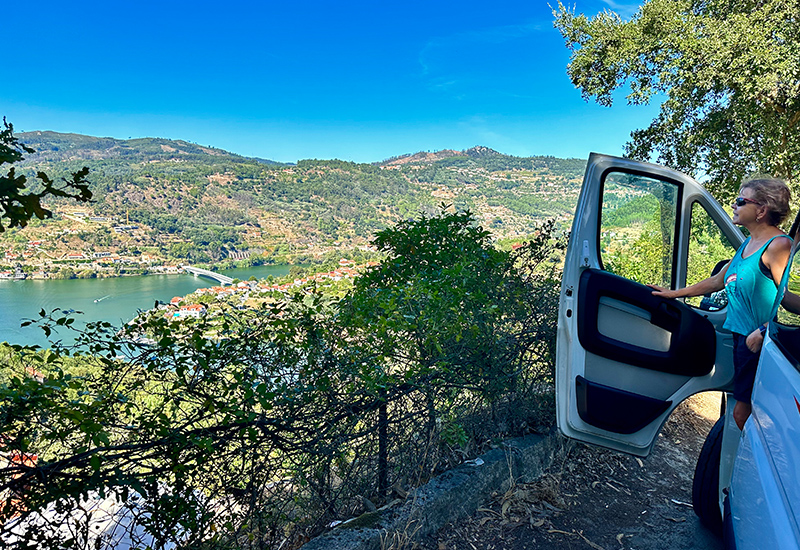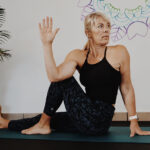WORDS Bob Tidy
Over the years, I have known many artists and talked about many interesting, art-related subjects. But I have never spoken to an art therapist or anyone who depends on their painting for daily therapy. I now have the pleasure of knowing both, but before I reflect on them, first a little wisdom of old.
Whatever we may say about artists in general, it seems unavoidable that the result of their work will reflect their state of mind when producing it. We are in the realm of Yoga and this concept of a cooperative relationship between mind and body is very relevant here. One simply affects the other.
When introduced to Sushma, a fine artist in her own right and a qualified art therapist, I could sense a calmness and depth of character that was all too apparent when I saw her work. As we started to talk about the subject, I quickly fell into the trap of thinking that she was in some way a psychologist. This, she assured me, is incorrect. There is no analysing of either the patient or the artwork involved. Instead, the art is used as a focal point with the objective of bringing out the positives and encouraging the expression of emotions by getting people or patients to reflect on the art in front of them.
Sushma gave me a simple but interesting example of old people living in a care home who become so used to being looked after that they can no longer make any decisions for themselves. However, they can be encouraged to do so by being asked simple questions, like what is their favourite colour in the picture. The photo of Sushma in her younger days, working with children painting flowers on a wall, is particularly striking (main photo). The children are refugees in Iraq, Kurdistan and the wall is the perfect symbol of a barrier to be broken down.
Quoting the American art therapy association: art therapy is used to improve cognitive and sensory-motor functions, foster self-esteem and self-awareness, cultivate emotional resilience, promote insight, enhance social skills, and reduce and resolve conflicts and distress. It also allows patients to visually communicate thoughts and feelings that are too painful to put into words. What is art if not a visual language?
So how can art achieve all this? It seems that kinaesthetic, sensory, perceptual, and symbolic associations can change our modes of reception and that we can communicate beyond the limitations of language. Here I suspect is a deeper level of the subjects’ power, in that the body language of any teacher can be as important as the spoken lesson. Yoga masters of old were experts of both.

Paulo with painting
But can we go further and suggest that actually doing art can bring relief from pain and anxiety? Time to meet Paulo, whose work is described as Intuitive abstract. It is strong and colourful, and most definitely a mirror of his state of mind and body. To use his own words, each of his pieces are organised chaos that demonstrate a lack of stylistic continuity. This stems from a place of chronic pain in search of comfort. Regrettably, Paulo was forced to abandon his career following a work-related accident and he has undergone two lower back surgeries, the most recent of which was a lower back fusion. Paulo has lived with chronic pain for the last eight years. As suggested by his Neuropsychologist Dr Miguel Coutinho (Algarve Private Hospital), art was incorporated into his recovery as a stimulant and relaxation tool.
Being an art colleague of mine, we have talked about this many times and I am convinced that his painting is giving him a very positive attitude. Participating in art exhibitions that he helps me to organise gives him the added positive boost in seeing his work on display. Where some see an abstract painting, others see the result of a search for comfort.
Sushma and her husband Ian manage a wonderful art gallery in Tavira, called Artesis, which is always worth a visit. Paulo (and myself) can be explored on Instagram / artlink_collective.
Who knows? Checking out art might also be therapeutic.
